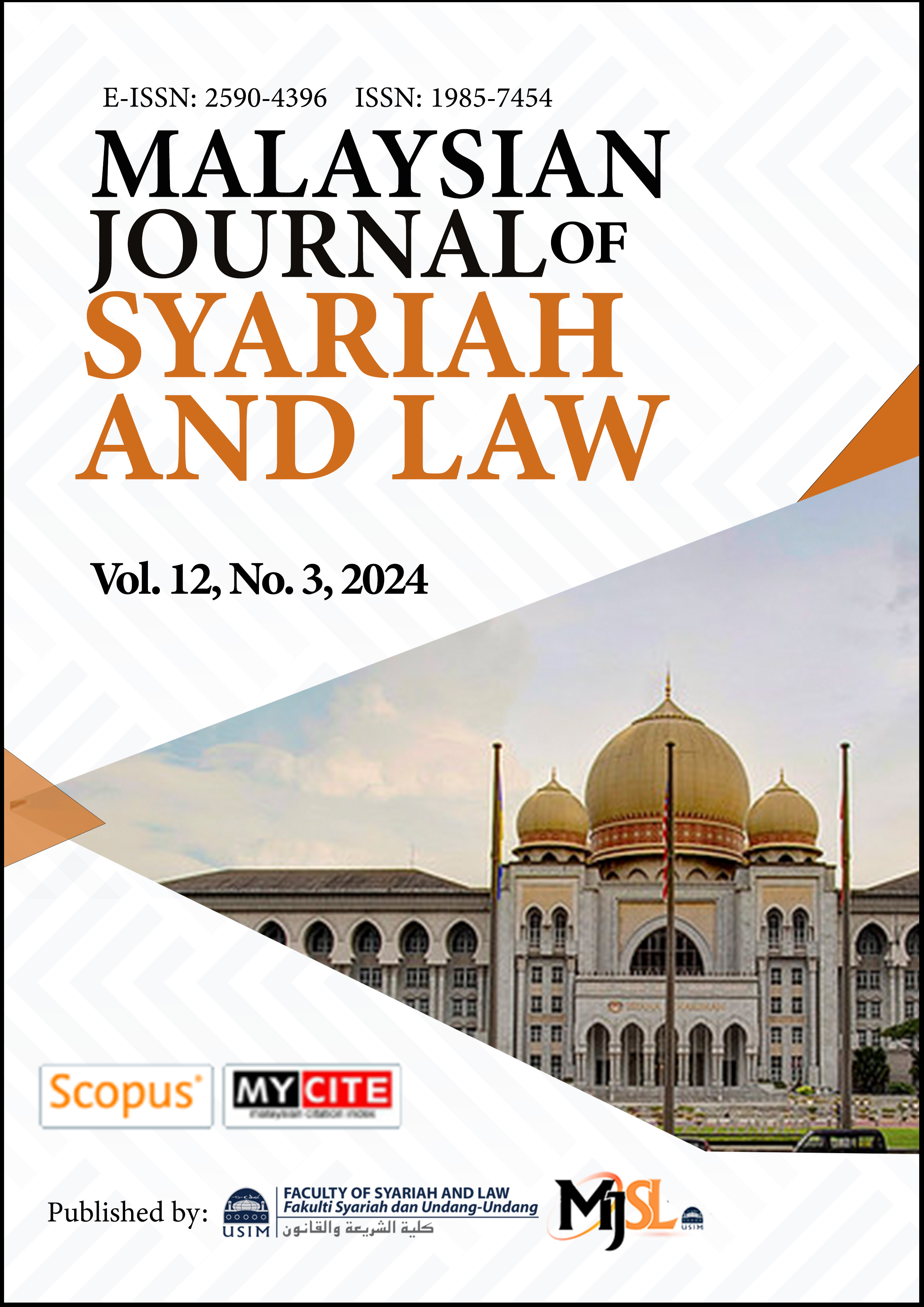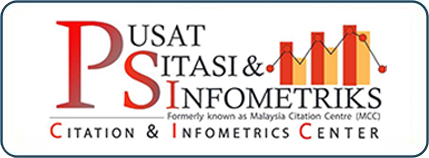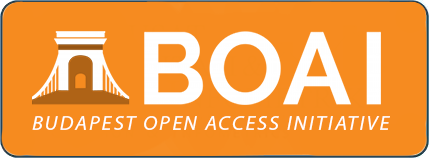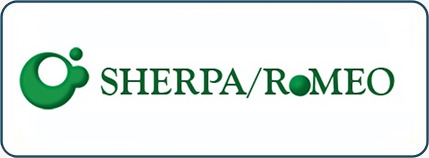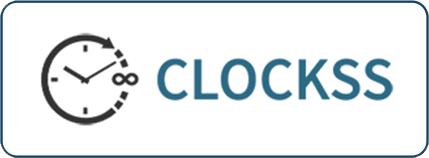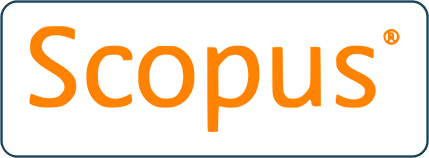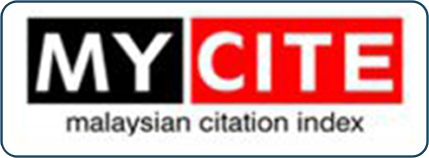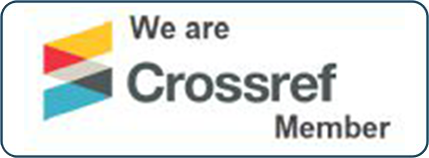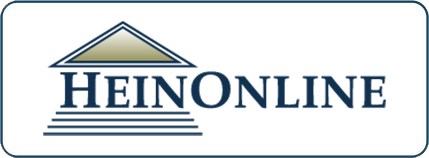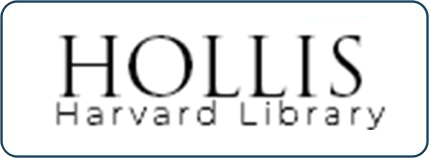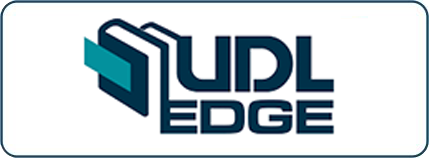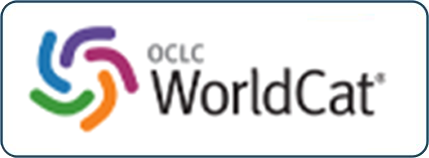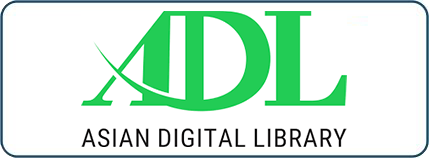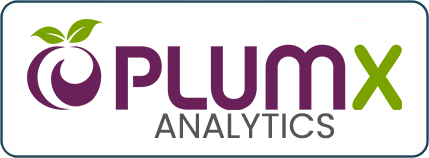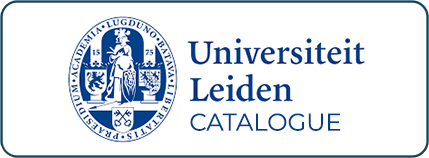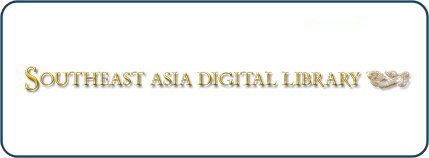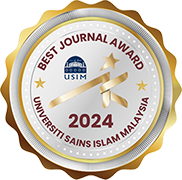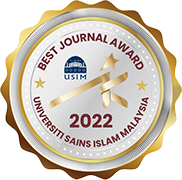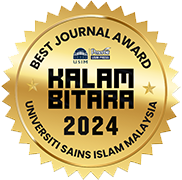HALAL INDUSTRY IN KYRGYZSTAN: CURRENT STATE AND DEVELOPMENT PROSPECTS
DOI:
https://doi.org/10.33102/mjsl.vol12no3.874Keywords:
Halal, Halal industry, Products, Food, InnovationAbstract
The halal industry in the Kyrgyz Republic faces a low level of development despite its great potential for economic growth and international market integration. The lack of adequate infrastructure, inefficiencies in the value chain, a lack of coordination among market participants (private sector, government authorities and foreign investors) and an inadequate legal framework are hindering the industry's progress. This study aims to identify these obstacles and propose solutions to promote the development of the halal industry through innovative investments and the adoption of global best practises in the Kyrgyz Republic. This study employs qualitative methodology through documentary method to collect the data and content analysis method to analyse the data. In the course of this study, factors and conditions for the low level of development of the halal industry in the Kyrgyz Republic were identified and standard regulatory frameworks were proposed. It was examined whether it is necessary to create an appropriate infrastructure, increase the efficiency of the value chain, integrate the participants of the halal market: the private sector, government agencies and foreign investors, improve the qualifications and skill of workers, introduce an automated traceability system for halal products, introduce rules for trading halal products in retail establishments and implement a control system. The subject of the study are the organisational and economic mechanisms of the halal industry in the Kyrgyz Republic where the development of the halal industry relies on the basis of innovative investments by orienting themselves on international standards. The use of theoretical and practical recommendations. The essence and content of the halal industry were determined, after studying the markets of the countries of Europe and the United Stats of America (USA), problems were identified and necessary mechanisms for solving problems in the release of halal products were recommended. In addition, the appropriate application of the recommendations will create the necessary conditions for a large-scale analysis of the halal industry in the Kyrgyz Republic, which in turn will solve the existing problems in this industry.
Downloads
References
Abd Aziz, N. N., Abd. Aziz, N. A., Abd Aziz, N. A., Omar, Z., & Wan Hassan, W. H. A. (2015). A review on the emergence and growth of halal studies. Procedia Economics and Finance, 31, 325-332. https://doi.org/10.1016/S2212-5671(15)01204-6
Abdiev, M. Zh. (2020). Increasing the competitiveness of the food industry of the Kyrgyz Republic in the conditions of economic integration. Bishkek.
Abdyrov, T. Sh., & Toktogulov, A. K. (2017). Cluster as the main factor in the development of the regional economy. Engineering and Construction Bulletin of the Caspian Region, 2, 54-58.
Acioli, C., Scavarda, A., & Reis, A. (2021). Applying Industry 4.0 technologies in the COVID–19 sustainable chains. International Journal of Productivity and Performance Management, 70(5), 988–1016. https://doi.org/10.1108/ijppm-03-2020-0137
AKIpress. (2024). “Cabinet approves action plans for development of halal industry and halal tourism until 2027”. AKIpress News Agency. https://akipress.com/news:789307:Cabinet_approves_action_plans_for_development_of_halal_industry_and_halal_tourism_until_2027/
Akmam Osman, R. (2022). Risk management in the halal industry: A comprehensive analysis. AL-MAQASID: The International Journal of Maqasid Studies and Advanced Islamic Research, 3(1), 80–82. https://doi.org/10.55265/al-maqasid.v3i1.91
Al-Muliki, M. S. M., & Omar Al-Ahdal, A. O. (2024). Al-maqasid al-tashri'iyyah wa al-akhlaqiyyah min ayat al-aṭ‘imah: Dirasah tahliliyyah maqasidiyyah (Legislative and ethical purposes of verses related to food: A purposive analytical study). Malaysian Journal of Syariah and Law, 12(1), 174–191. https://doi.org/10.33102/mjsl.vol12no1.525
Atkinson, C. L., McCue, C., Prier, E., & Atkinson, A. M. (2020). Supply chain manipulation, misrepresentation, and magical thinking during the COVID-19 pandemic. Am Rev Public Admin, 50(6), 628–634. https://doi.org/10.1177/0275074020942055
Atyshov, K. A. (2022). Development of agriculture is the basis for solving the food crisis. Vestnik KEU, 3, 64-68.
Baharuddin, A. S., Amin N. S. M., Ruskam, A., & Yacob, A. R. (2022). Forensic determination of ethanol in import and local prepared vinegar for halal in accordance with Shafi’i school of jurisprudence. Food Research, 6(S3), 1-9. https://doi.org/10.26656/FR.2017.6(S3).010
Baharuddin, A. S., Wan Ismail, W. A. F., Abdul Mutalib, L., Ghazali, M. I. M., Alauddin, M. S., Shaarani, S. M., Wan Harun, M. A., & Tuan Ibrahim, T. M. F. H. (2023). Halal standards as elements in the legal framework of 3D/4D-printed food using source-composition-manufacturing and halal forensic concepts. Food Research, 6(S3), 10-22. https://doi.org/10.26656/fr.2017.6(S3).003
Bezformata. (2024). “American Muslims understand halal”. Bezformata. http://kasimov.bezformata.ru/listnews/amerikanskie-musulmane-osmislivayut/9605829
Bondarenko, V. A. (2016). Trends in the development of the halal industry in the USA and a number of European countries. Economics and entrepreneurship, 3(1), 48-51.
Bondarenko, V. A., & Dzotsoeva, K. A. (2016). Halal industry: Development prospects in a number of foreign countries. Scientific and methodological electronic journal “Concept”, 2, 361–365.
Center for Development of Halal Industry. (2024, February). “Halal”. https://www.halal.kg
Coordinating Ministry for Economic Affairs of the Republic of Indonesia. (2022). “Not only has a large domestic market, but Indonesia also has the opportunity to become the world leading halal producer”. https://www.ekon.go.id/publikasi/detail/4969/not-only-has-a-large-domestic-market-but-indonesia-also-has-the-opportunity-to-become-the-worlds-leading-halal-producer
Decree of the President of the Kyrgyz Republic. (February, 2021a). “On measures for the development of the agro-industrial complex of the Kyrgyz Republic”. Minjust. https://cbd.minjust.gov.kg
Eurasianet. (2014). “Kyrgyzstan: Rival halal standards mean trust with your eyes closed”. https://eurasianet.org/kyrgyzstan-rival-halal-standards-means-trust-with-your-eyes-closed
Gul, М., Akbar, J., Ikramullah, M., & Raza, A. (2022). International halal industry and its impact on global halal market (a historical review and future business prospect). Journal of Positive School Psychology, 6(7), 5890-5907.
Halal Focus. (2013). “Kyrgyzstan to develop halal standards”. https://halalfocus.net/kyrgyzstan-to-develop-halal-standards/
Hidayat, S. E., Rafiki, A., & Nasution, M. D. T. P. (2022). Halal industry’s response to a current and post-COVID-19 landscape and lessons from the past. Journal of Islamic Marketing, 13(9), 1843-1857. https://doi.org/10.1108/JIMA-06-2020-0180
Iswanto, B. (2023). Job creation law and consequences in determining halal products: Analysis of the halal product fatwa committee. Al-‘Adalah, 20(1), 179-210.
Kyrgyz Republic Government Resolution. (2015, June). “Concept for the development of the halal industry in the Kyrgyz Republic”. Minjust. http://cbd.minjust.gov.kg
Law of the Kyrgyz Republic. (2024, June). “On the halal industry in the Kyrgyz Republic”. Minjust. https://cbd.minjust.gov.kg/4-5345/edition/10855/ru
Malaysian Investment Development Authority. (2024). “Malaysia's halal exports reach RM54b in 2023: Tengku Zafrul”. https://www.mida.gov.my/mida-news/malaysias-halal-exports-reach-rm54b-in-2023-tengku-zafrul/#:~:text=Malaysia's%20Halal%20exports%20reach%20RM54b,markets%20in%20the%20halal%20industry
Mamasydykov, A. A., Abdiev, M. Z., Attokurova, G. M., & Abrakhmanov, O. E. (2019). Development of export potential of processing companies on the cluster basis with the help of quality management. International Journal for Quality Research, 13(4), 931-946. https://doi.org/10.24874/IJQR13.04-13
Martuscelli, M., Serio, A., Capezio, O., & Mastrocola, D. (2020). Safety, quality and analytical authentication of ḥalāl meat products, with particular emphasis on salami: A review. Foods, 9(8), 1-19. https://doi.org/10.3390/foods9081111
Ministry of Economics and Commerce of the Kyrgyz Republic. (2024). “About voluntary certification and labeling of 'halal' of products and services in Kyrgyzstan”. Mineconom. https://mineconom.gov.kg/ru/post/4923
Myaso portal. (2024). “Portal about livestock farming, meat and processing for professionals”. Myaso. http://www.myaso-portal.ru
Nor, N. F., Ahmad, H., & Ariffin, A. S. (2023). Potencies and opportunities of halal market in global industry: An empirical analysis of Malaysia and Indonesia. Halal Reviews, 3(1), 1–24. https://doi.org/10.55265/halalreviews.v3i1.14
Qadri, H. M. (2024). The global halal industry. Routledge.
Qotadah, H. A., Al Anshory, A. C., Achmad, A. D., & Syarifah, M. (2022). Cultured meat for Indonesian Muslim communities: A review of maslahah and prospect. Al-Istinbath: Jurnal Hukum Islam, 7(2 November), 329–346. https://doi.org/10.29240/jhi.v7i2.5476
Reshenie vernoe. (2024). “How to make a child obedient”. Info Islam. http://www.info-islam.ru/publ/jandeks_novosti/francija_zanjala_pervoe_mesto_v_evrope_po_urovnju_potreblenija_khaljalja/35-1-0-24751
Schmidt Export. (n.d.). “Uniform halal standard in the EAEU”. https://schmidt-export.com/news/uniform-halal-standard-eaeu
The Edge Markets. (2024). “Kyrgyzstan seeks international expertise to boost halal standards”. https://theedgemalaysia.com/node/724037
The Halal Times. (2024). “Modest fashion finds: Top halal clothing brands on amazon”. https://www.halaltimes.com/modest-fashion-finds-top-halal-clothing-brands-on-amazon/
Uzenbaev, R. A., Mardalieva, L. A., Abdiev, M. Z., Umarov, S. T., & Ergeshov, K. A. (2019). Prospects for development of Kyrgyzstan’s food market in the conditions of integration in the EAEU. Studies in Computational Intelligence, 859–869. https://doi.org/10.1007/978-3-030-13397-9_88
Warrington, J. S., Crothers, J. W., Goodwin, A., Coulombe, L., Hong, T., Bryan, L., Wojewoda, C., Fung, M., Warrington, G., Clark, V., Risley, L., & Lewis, M. (2021). All hands-on deck and all decks on hand: Surmounting supply chain limitations during the COVID-19 pandemic. Academic Pathology, 8, 1-10. https://doi.org/10.1177/23742895211011928
Welle, D. (2012, December 20). “Upakovano”. http://www.upakovano.ru/articles/2795
Younis, H., Alsharairi, M., Younes, H., & Balan Sundarakani. (2023). The impact of COVID-19 on supply chains: systematic review and future research directions. Operational Research, 23(3), 1-31. https://doi.org/10.1007/s12351-023-00790-w
Downloads
Published
Issue
Section
Categories
License
Copyright (c) 2024 Niyazali Turdalievich Aripov, Murat Zhuratovich Abdiev, Ahmad Syukran Baharuddin, Mirlanbek Baidusenovich Ubaidullaev

This work is licensed under a Creative Commons Attribution-NonCommercial 4.0 International License.

